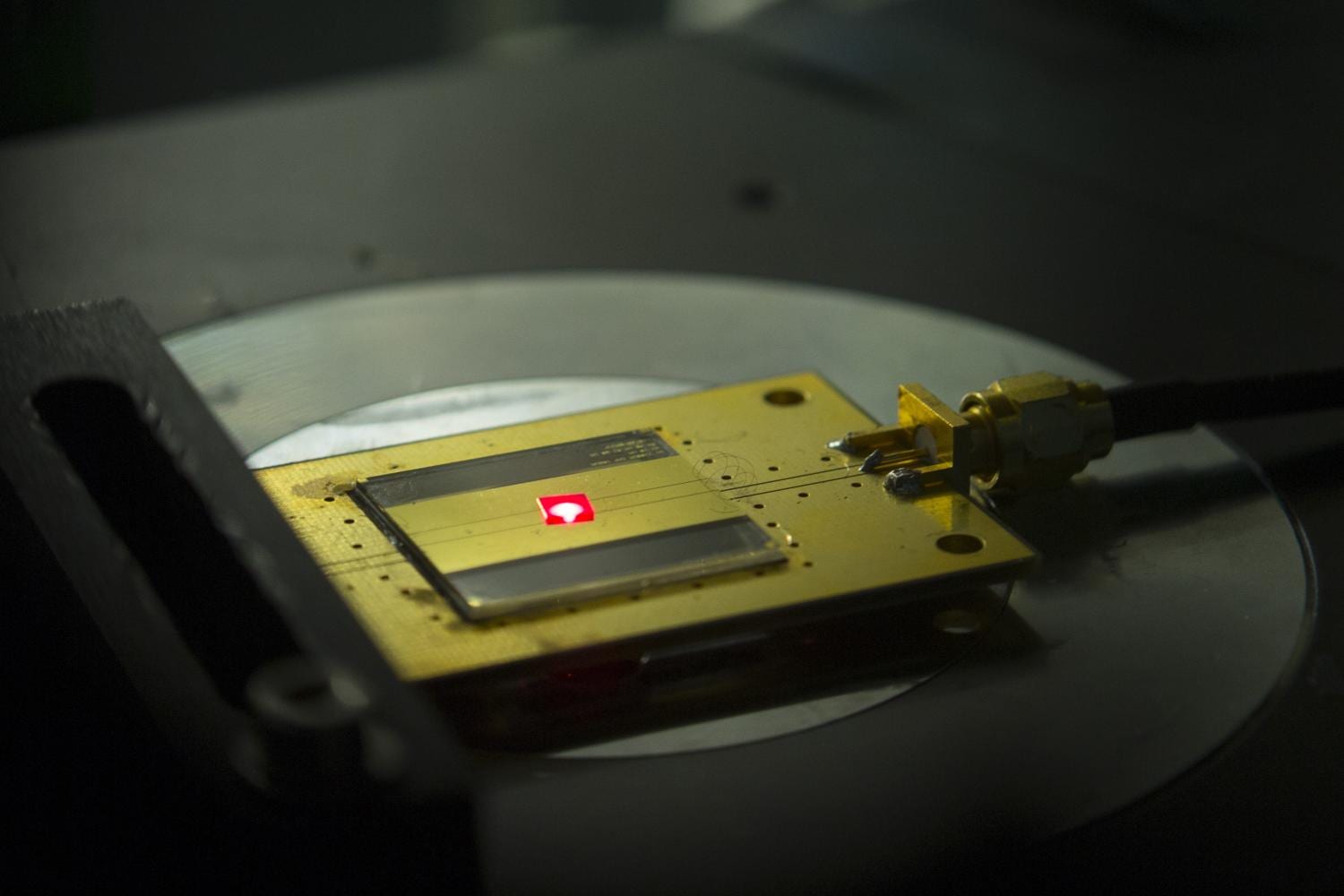Researchers from the Harvard John A. Paulson School of Engineering and Applied Sciences have made the world’s smallest radio receiver built out of an assembly of atomic-scale defects in pink diamonds.
This tiny radio whose building blocks are the size of two atoms can withstand extremely harsh environments and is biocompatible, meaning it could work anywhere from a probe on Venus to a pacemaker in a human heart.
The research was led by Marko Loncar, the Tiantsai Lin Professor of Electrical Engineering at SEAS, and his graduate student Linbo Shao and published in Physical Applied. radio uses imperfections diamonds called nitrogen-vacancy(NV) centers. To make NV centers, researchers replace one carbon atom in a diamond crystal with a nitrogen atom and remove a neighboring atom creating a system that is essentially a nitrogen atom with a hole next to it.
NV centers can be used to emit single photons or detect very weak magnetic fields. They have photoluminescent properties, meaning they can convert information into light, making them powerful and promising systems for quantum computing, phontonics and sensing. Radios have five basic components a power source, a receiver, a transducer to convert the high-frequency electromagnetic signal in the air to a low-frequency current, speaker or headphones to convert the current to sound and a tuner.
